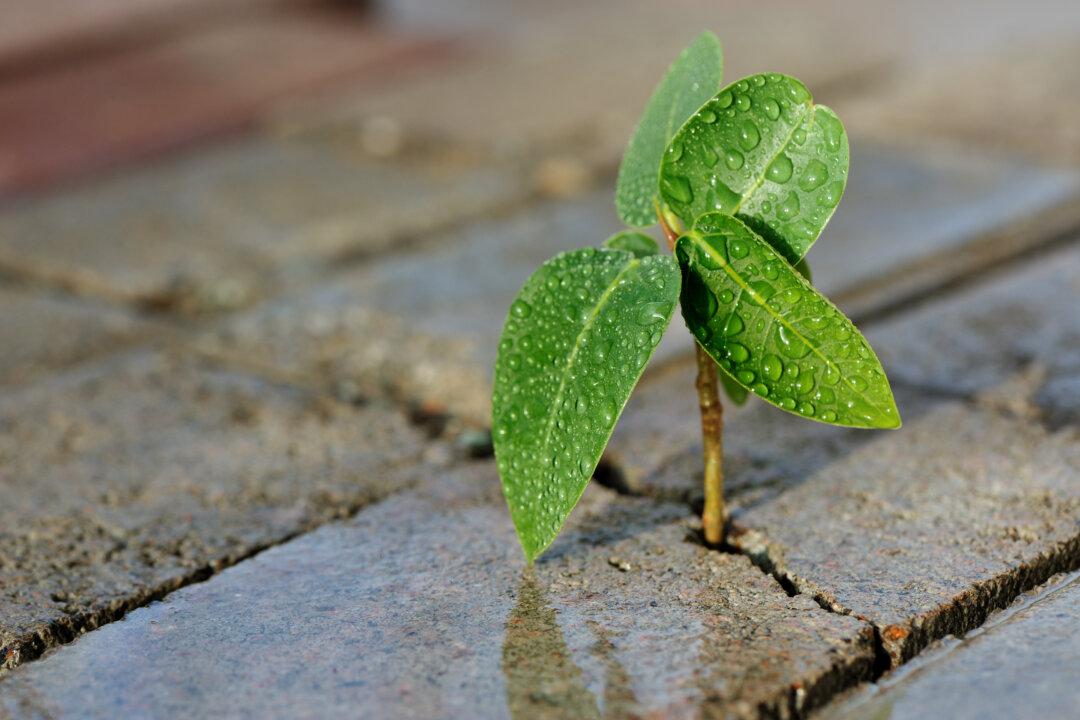No matter what life throws at you, there is always a way to improve your day, your life, and your world. The key, according to cognitive behavioral therapist Mary Alvord, is developing and building skills in resilience—the ability to adapt to and bounce back from life’s inevitable challenges.
“Everyone can build it; that’s the gift of resilience,” Ms. Alvord said. “You can do something to improve your circumstances. You’re not a helpless victim.”





